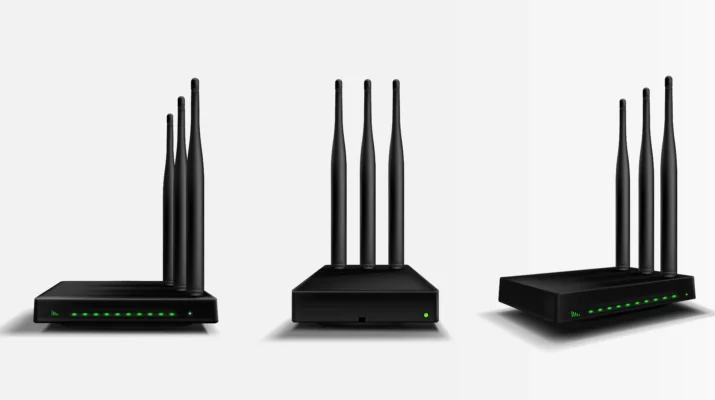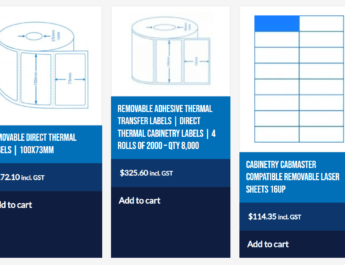In today’s fast-paced digital world, businesses rely heavily on technology to stay competitive. One of the most critical components of this technological infrastructure is the network. But what happens when your network needs to be managed efficiently to ensure seamless operations? Enter CPES Network—a term you might have heard but don’t fully understand. If you’re new to managed IT services, this guide will break down everything you need to know about CPES Network.
What is CPES Network?
CPES stands for Customer Premises Equipment Services. In simple terms, it refers to the hardware and software solutions installed at a customer’s location to manage and optimize their network. These services are typically provided by managed IT service providers who ensure that your network runs smoothly, securely, and efficiently.
Think of CPES Network as the backbone of your business’s IT infrastructure. It includes routers, switches, firewalls, and other devices that help connect your business to the internet and other networks. Managed IT service providers take care of these devices, ensuring they are up-to-date, secure, and functioning optimally.
Why is CPES Network Important?
- Enhanced Network Performance
A well-managed CPES Network ensures that your business operations run smoothly. Slow or unreliable networks can lead to downtime, which can be costly for businesses. Managed IT services ensure that your network is always performing at its best. - Improved Security
Cybersecurity threats are on the rise, and businesses are increasingly becoming targets. CPES Network services include robust security measures to protect your data and network from cyberattacks. - Cost Efficiency
Managing a network in-house can be expensive. By outsourcing to a managed IT service provider, you can reduce costs associated with hiring and training IT staff, purchasing equipment, and maintaining the network. - Scalability
As your business grows, so do your network needs. CPES Network services are scalable, meaning they can grow with your business without requiring significant changes to your infrastructure.
How Does CPES Network Work?
To understand how CPES Network works, let’s break it down into simple steps:
- Assessment
The first step is assessing your current network infrastructure. Managed IT service providers will evaluate your existing setup to identify any weaknesses or areas for improvement. - Design and Implementation
Based on the assessment, the provider will design a network solution tailored to your business needs. This includes selecting the right hardware and software and implementing them at your premises. - Monitoring and Maintenance
Once the network is set up, the provider will continuously monitor it to ensure it’s running smoothly. This includes regular updates, security patches, and troubleshooting any issues that arise. - Support and Optimization
Managed IT service providers offer ongoing support to address any concerns and optimize the network for better performance. This ensures that your network is always up-to-date and secure.
Key Components of CPES Network
- Routers
Routers are devices that connect your business to the internet. They direct traffic between your network and the outside world, ensuring that data is transmitted efficiently. - Switches
Switches are used to connect multiple devices within your network. They allow devices to communicate with each other, enabling seamless data transfer. - Firewalls
Firewalls act as a barrier between your network and potential threats. They monitor incoming and outgoing traffic, blocking any suspicious activity to protect your data. - Wireless Access Points
These devices allow wireless devices to connect to your network. They are essential for businesses that rely on mobile devices or have a remote workforce. - Network Management Software
This software is used to monitor and manage your network. It provides real-time insights into network performance, helping identify and resolve issues quickly.
Benefits of CPES Network for Businesses
- Increased Productivity
A well-managed network ensures that your employees can work efficiently without interruptions. This leads to increased productivity and better business outcomes. - Better Customer Experience
A reliable network ensures that your customers can access your services without any issues. This leads to higher customer satisfaction and loyalty. - Compliance with Regulations
Many industries have strict regulations regarding data security and privacy. CPES Network services help ensure that your business complies with these regulations, avoiding potential fines and legal issues. - Disaster Recovery
In the event of a network failure or cyberattack, managed IT service providers have disaster recovery plans in place to minimize downtime and data loss.
Choosing the Right Managed IT Service Provider
When it comes to CPES Network, choosing the right managed IT service provider is crucial. Here are some factors to consider:
- Experience and Expertise
Look for a provider with a proven track record in managing CPES Networks. They should have the expertise to handle your specific business needs. - Range of Services
Ensure that the provider offers a comprehensive range of services, including network design, implementation, monitoring, and support. - Security Measures
Cybersecurity should be a top priority. Choose a provider that offers robust security measures to protect your network and data. - Scalability
Your network needs will grow as your business expands. Choose a provider that offers scalable solutions to accommodate your future needs. - Customer Support
Reliable customer support is essential. Ensure that the provider offers 24/7 support to address any issues that may arise.
Common Misconceptions About CPES Network
- It’s Only for Large Businesses
Many small businesses believe that CPES Network services are only for large enterprises. However, businesses of all sizes can benefit from managed IT services. - It’s Too Expensive
While there are costs associated with CPES Network services, the long-term benefits often outweigh the initial investment. Managed IT services can actually save you money by reducing downtime and improving efficiency. - It’s Only About Hardware
CPES Network services go beyond just hardware. They include software, security, and ongoing support to ensure your network is always running smoothly.
Future Trends in CPES Network
- Increased Use of AI and Machine Learning
AI and machine learning are becoming increasingly important in network management. These technologies can help predict and prevent network issues before they occur. - Greater Focus on Cybersecurity
As cyber threats continue to evolve, there will be a greater focus on cybersecurity in CPES Network services. This includes advanced threat detection and response capabilities. - Integration with Cloud Services
Many businesses are moving to the cloud, and CPES Network services will need to integrate seamlessly with cloud-based solutions. - 5G Connectivity
The rollout of 5G networks will have a significant impact on CPES Network services. Faster and more reliable connectivity will enable new possibilities for businesses.
Conclusion
CPES Network is an essential component of modern business operations. By understanding what it is and how it works, you can make informed decisions about your network infrastructure. Whether you’re a small business or a large enterprise, managed IT services can help you optimize your network, improve security, and reduce costs.
If you’re considering CPES Network services, take the time to choose the right managed IT service provider. Look for a provider with the experience, expertise, and range of services to meet your specific needs. With the right partner, you can ensure that your network is always running smoothly, allowing you to focus on what you do best—growing your business.



